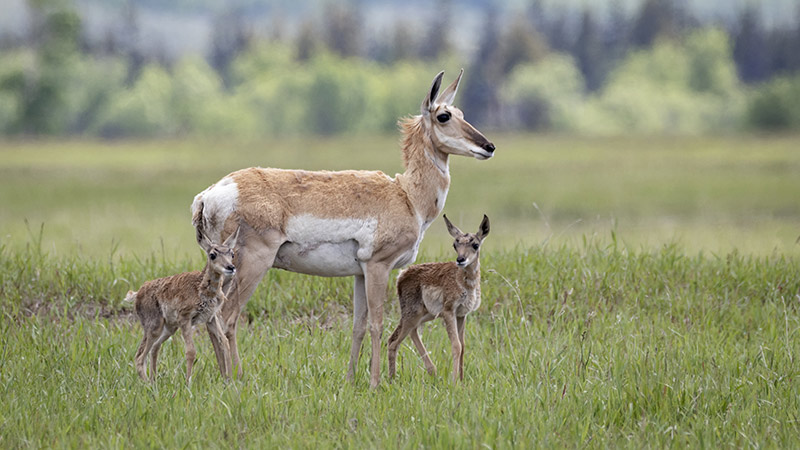October 14, 2020
In a new report, Conservation Colorado and Western Resource Advocates lay out a path for Colorado to protect and conserve 30% of its lands and waters by 2030.
Like much of the world, Colorado is experiencing a dramatic loss of nature as a result of climate change. Scientists, led by E.O. Wilson, have advised that protecting half of the planet’s land and water will be necessary to avoid biodiversity collapse, and this is embodied in WRA’s mission. Protecting 30% by 2030 is an achievable intermediate step to put Colorado on a path forward.
Since 2001, Colorado has lost more than half a million acres to development, primarily from the expansion of the energy industry and urban sprawl. This land loss is happening faster than nature can regenerate. Protecting 30% of the state will safeguard biodiversity, preserve wildlife migration corridors, enhance food and water security, and increase carbon sequestration in our forests and working lands.
In Colorado, just 10% of lands are currently protected, and we will need to protect an additional 14 million acres in the next decade to reach a “30×30” goal.
The state has a number of legislative and executive authorities to protect additional lands and waters and move towards protecting 30×30. This includes creating new state parks and state wildlife areas, establishing a wildlife corridor designation program, and working with federal land managers and the Colorado congressional delegation to increase protections on federal public lands. The landscape-scale protections across our public lands—and community-driven efforts to create more parks and open spaces—needed to achieve this goal will require us to develop and implement policies that are equitable and inclusive for all Coloradans.
Colorado Senator Michal Bennet and Congressman Joe Neguse are among those leading the national effort to protect 30×30, but meaningful progress to protect 30% of Colorado will require the support of state elected officials, including the governor and state legislature. It will also require a broad coalition of local officials, tribal governments, and community leaders to devise local solutions that ensure nature is accessible for future generations. According to recent surveys, nearly three-quarters of Coloradans already support this goal.
This report begins to identify an achievable roadmap to 30×30, showing how Colorado can be a leader on broad conservation efforts.


